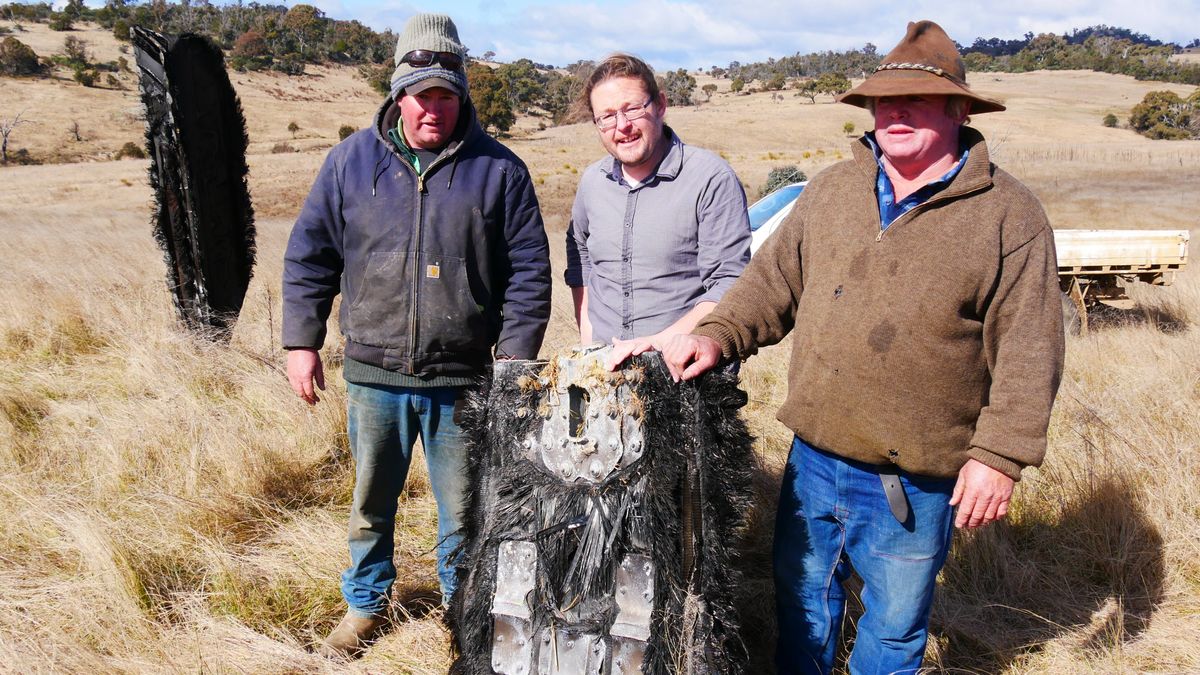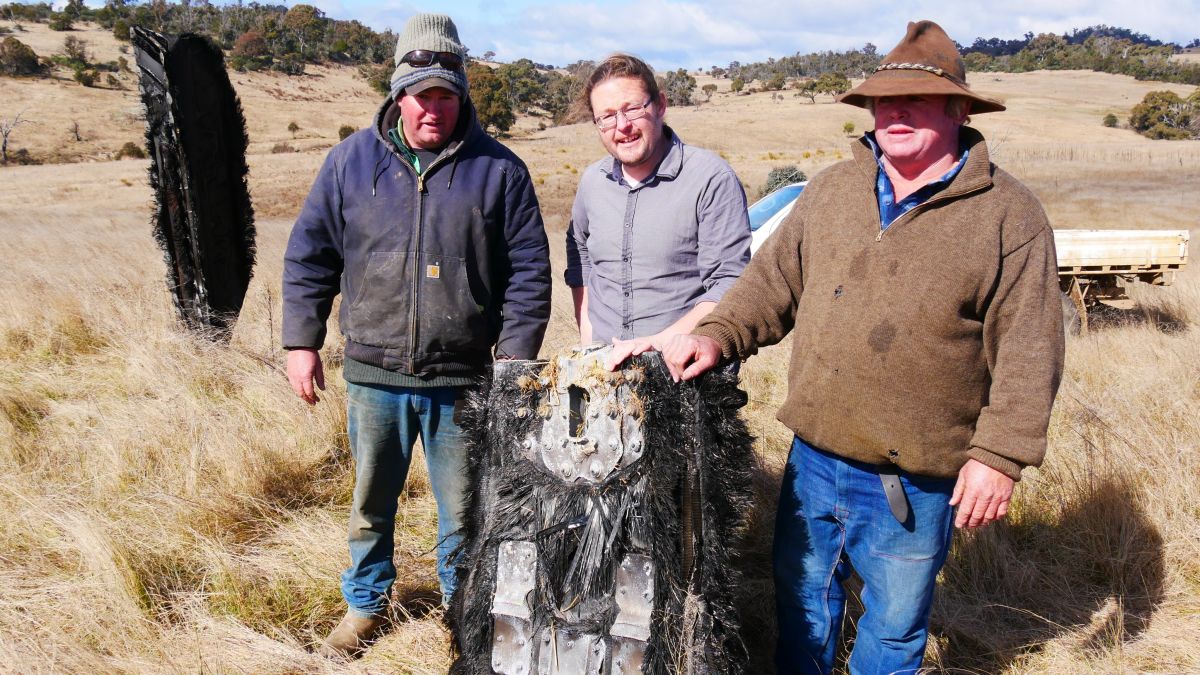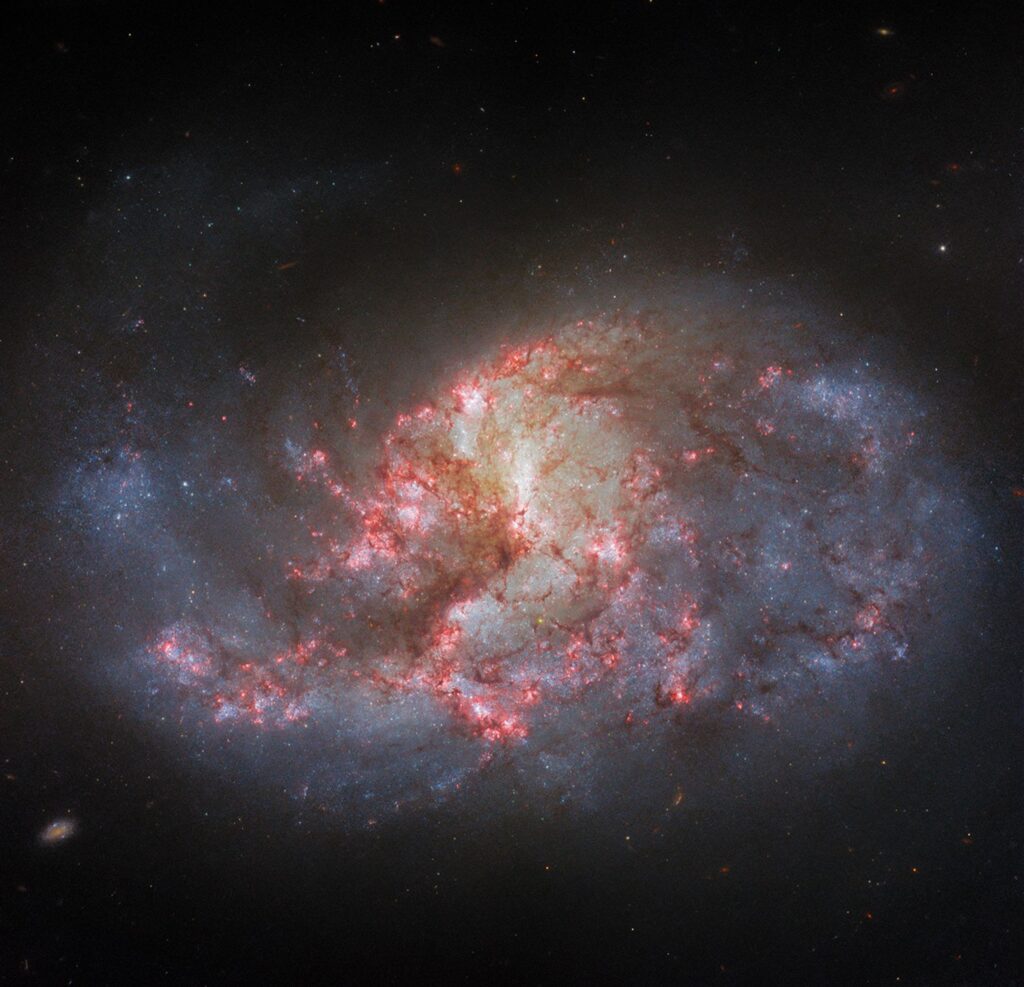
SpaceX is going to the Australian outback in search of space debris.
Following reports that bits of the SpaceX Crew-1 Dragon spacecraft landed in the southeast of the country, teams from the California company are going to Australia to see what is there.
“We did get reports of debris from a trunk,” Benjamin Reed, senior director of SpaceX’s human spaceflight program, told reporters during a livestreamed NASA Crew-5 press briefing Thursday (Aug. 4).
The “trunk” is an unpressurized cargo hold that also supports Crew Dragon during the launch phase, according to SpaceX (opens in new tab) materials. Solar panels make up half of the trunk, to power Dragon during flight or docking operations.
As the Crew-1 spacecraft re-entered Earth’s atmosphere on May 2, 2021, the trunk naturally separated and made an apparent re-entry in Australia more than a year later, on July 8. At least two residents found charred, unfamiliar hardware on their large farm properties in recent weeks following reports of sonic booms, according to ABC Australia, in a zone right underneath the projected re-entry area for the trunk.
Related: SpaceX’s Crew-1 astronaut mission to the International Space Station in photos
The United States (and companies like SpaceX that launch from American soil) follow government-created Orbital Debris Mitigation Standard Practices (opens in new tab) to govern possible space debris, in line with most international space agencies.
SpaceX’s Reed emphasized that there were “no injuries, no damage” associated with the reports and that if it was indeed SpaceX hardware, it was within “an expected path of where things may come down.”
“It’s part of the process that we do with NASA and with FAA [the U.S. Federal Aviation Administration], internally,” Reed said. “We use models that are ultimately approved, to predict and plan for these things.”
Related stories:
SpaceX hardware falling to Earth has been confirmed before. In April 2021, SpaceX launch debris ended up on a farm in central Washington, and was linked to the second stage of a Falcon 9 rocket. Local authorities confirmed the fall, although SpaceX didn’t respond to requests for comment back then.
This time, SpaceX told reporters it is working with the FAA, the U.S. State Department and the Australian Space Agency on coordinating the investigation, and that the company will “learn everything that we can” from the experience, Reed said.
“We look for ways that we can improve things but again, this was within our analysis,” Reed added. “We’re digging into it.”
Follow Elizabeth Howell on Twitter @howellspace (opens in new tab). Follow us on Twitter @Spacedotcom (opens in new tab) and on Facebook (opens in new tab).



